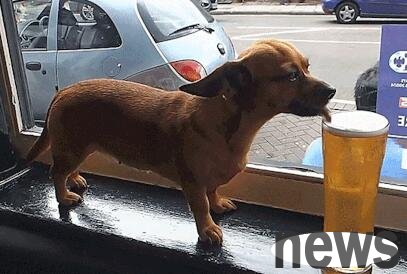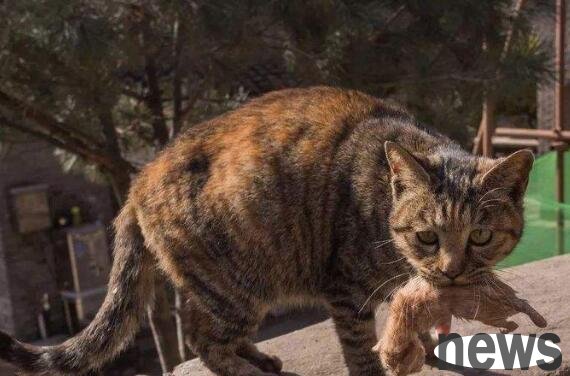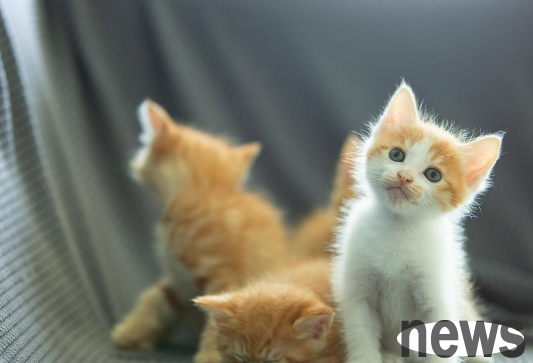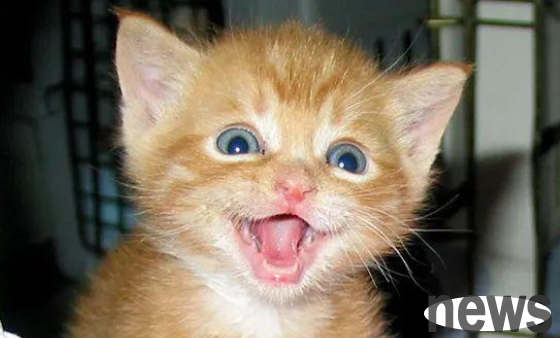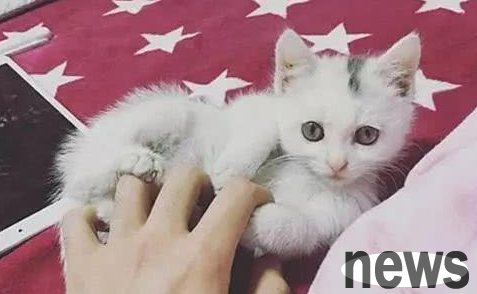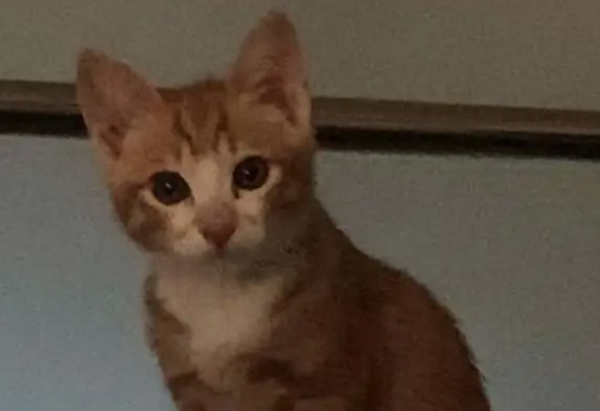Do you know about the obesity of pet cats?
In today's society, obesity has long been the biggest obstacle to human health, and the incidence of obesity has reached the level of epidemics; they also have the same problem for kittens who have limited range of activities after eating, sleeping, and eating every day.
Adipose tissue accumulates abnormally in the body, resulting in overweight of 10 to 20% of the ideal weight, and if the weight exceeds 20% of the ideal weight, it can be defined as obesity. Studies have shown that 25 to 40% of domestic cats are overweight or obese, especially after sterilization/castration surgery, obesity is more common for male cats.
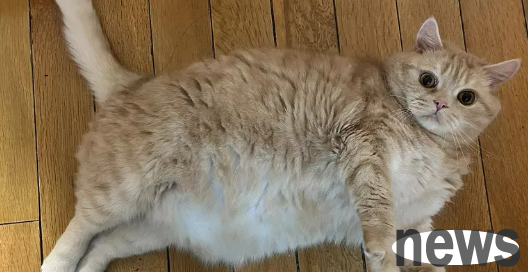
As we all know, obesity can cause a variety of diseases and affect the normal operation of multi-system organs. Obesity causes an increase in systemic inflammation levels. Chronic inflammatory states can lead to excessive reactive oxygen production and systemic oxidative stress, which are key factors in the occurrence of various systemic diseases. Obese cats are more likely to suffer from certain diseases, such as diabetes, fatty liver, osteoarthritis (lame), respiratory diseases, cardiovascular diseases, urinary system diseases (urinary stones, idiopathic cystitis), difficult labor, increased risk of certain tumors, stomatitis, gastrointestinal diseases (constipation), skin diseases, etc. Not only that, excessive fat accumulation will also affect the routine physical examinations of healthy cats, such as blood collection and abdominal palpation becoming more difficult.
In the 9-point body condition scoring system (BCS), 5/9 is the ideal body condition score. For every 1 point increase of 5 points or more, it means that the cat exceeds 10~15% of the ideal body weight; when the cat is ideal, the body fat of a cat is about 20~25%, and every 1 point increase indicates that its body fat increases by 5%. The weight of a normal shorthair cat weighs about 4.5~5kg.
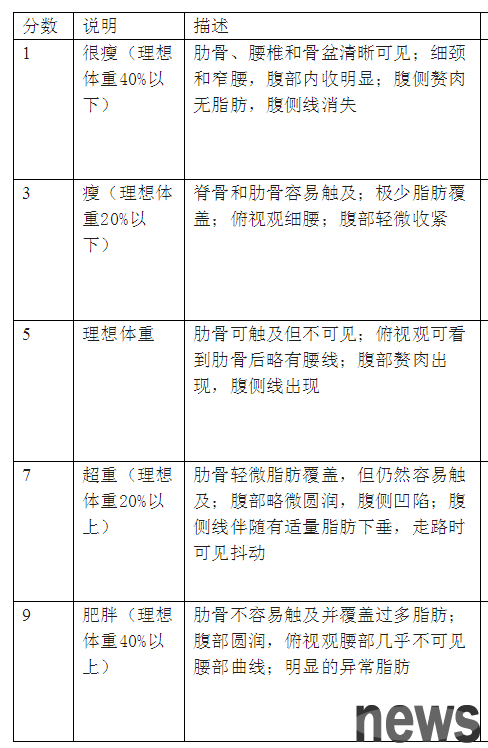
(Pictures are from the Internet)
For obesity, prevention is the key. For fat cats, it is difficult to control their mouths and legs, so cat owners need to pay attention to the cat's weight frequently and prevent obesity in advance. When the weight of the kitten reaches about 75% of the adult weight, it is necessary to control the feeding amount to prevent excessive weight gain. Most dogs and cats start to gain weight after sterilization/castration surgery, so intervention should be carried out at this time, and the most important thing is to control your diet.
After sterilization/castration surgery, the cat should be reduced by 10~20% and the cat should be exercised normally. Unlike dogs who can go out for a walk every day, most cats are mainly kept indoors, while indoor cats do not like exercise more than outdoor cats, so they need to try to be more abundant in the environment and provide cats with toys, activity space (cats like high places), foraging games, etc. Cat owners also need to try to participate in the play and interaction with cats, which can not only promote cats' exercise, but also increase cats' dependence on their owners. If the cat has reached the range of obesity, then weight loss must be done as soon as possible. Cats are carnivorous animals, and their nutritional intake of food should be high in protein and low in carbohydrates. Obese cats can choose special weight loss diets, calculate the daily energy required, and divide it into 2 to 3 meals a day for feeding.
【Calculate the daily resting energy requirement for cats based on normal weight (RER) is 180~300 kcal, 70~80% RER for obese cats, and 100~120% RER for cats with high exercise] The diet should be replaced and adjusted slowly to avoid cats causing anorexia. When obese cats lose weight successfully, they usually need to limit their energy intake for life to maintain their weight. If they never lose their ideal weight, they should not let it go naturally. Instead, they should monitor their weight more closely, first ensure that they do not gain weight, and then gradually control their weight.


